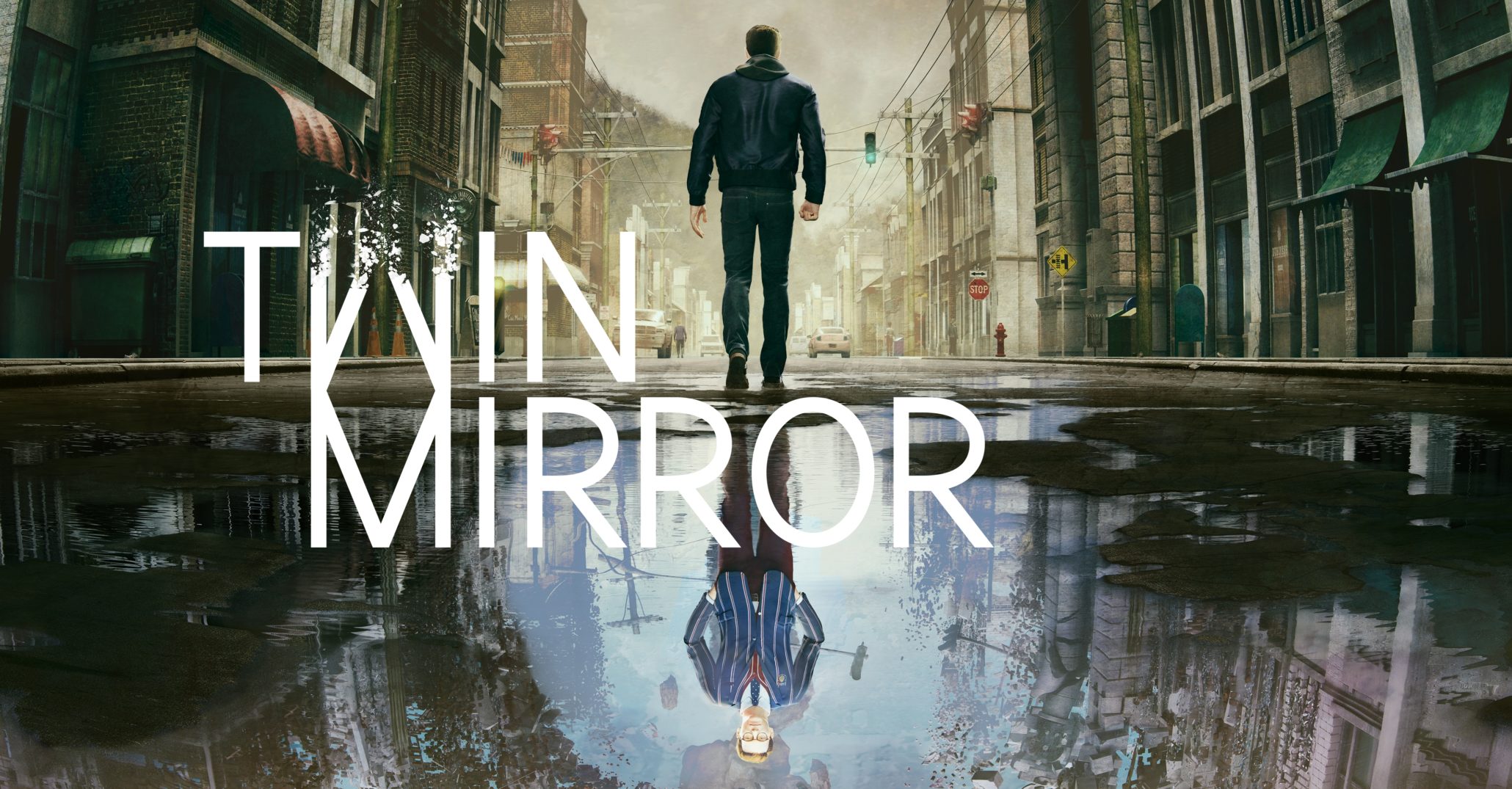Although Telltale really brought the narrative, choice-based episodic game into popularity, DONTNOD has taken the crown and run with the genre since. They may have started with an action game, that being 2013’s Remember Me, but they’ve since made a name for themselves with some pretty great character-driven narratives. The first, and easily the best still, was Life is Strange. Since then, though, they’ve released good to very good experiences like Life is Strange 2, The Awesome Adventures of Captain Spirit and this year’s standout, Tell Me Why.
Now DONTNOD is back with another thought provoking and choice-driven story that they call Twin Mirror.
Revealed in 2018, this new IP apparently began development in 2016. According to what I’ve read, the original plan was to release it in 2019, but it was quietly delayed for whatever reason. That ended up pushing the game to the end of this very tumultuous and dangerous year.
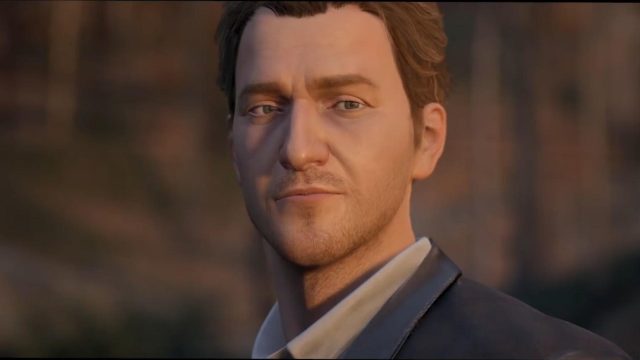
Was it worth the wait? Well, it depends on how much you like this particular genre. Twin Mirror is far from DONTNOD’s best, but it’s alright.
This is the story of Sam Higgs, who’s returning to his hometown of Basswood, West Virginia, for the first time in two years. A reporter by trade, he left home after burning bridges with some of the locals, who still blame him for damaging their livelihood after a scathing investigative piece about the local mine. They forget that the mine was dangerous, and that at least one local — who just so happens to be Sam’s ex’s father — lost the use of his legs and ended up in a wheelchair after an accident there.
Sam finds himself called back home for a sad reason, that being the wake and funeral of his former best friend, Nick. The latter man perished in a ball of flames, after the truck he was driving went off the road at a dangerous corner and hit a tree, prior to bursting into fire. He died young, too, leaving his grieving girlfriend, ex-wife and perhaps 12 or 13 year-old daughter, Joan (aka. Bug).
Things pick up as Sam enters the familiar rural town’s outskirts by car, and it isn’t long before he makes a stop en route. He does this at a particular lookout and ‘make-out point,’ which happens to hold resonance. This detour ends up costing him the chance to attend one of the two events, but he eventually makes his way back home.
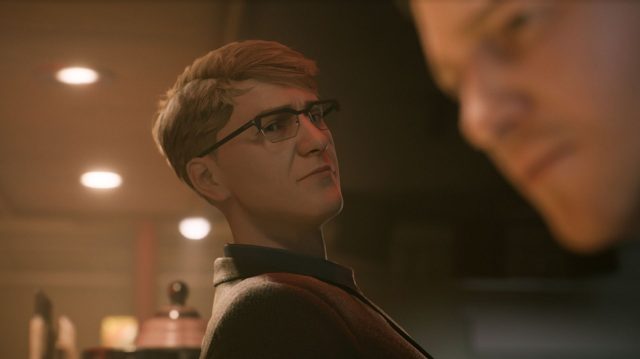
What Sam discovers when he returns home, though, is that something is amiss. Nick’s death seems suspicious, and his accident is fishy. His daughter believes that her dad was murdered, but there’s no real proof or idea of what a motive could’ve been. Furthermore, Sam ends up worse for wear after drinking too much at the bar, and wakes up to find that there’s blood all over his shirt. Did he kill somebody? Was he involved in some sort of accident? It’s unclear, because he cannot remember a damned thing.
This is where the player really comes in, because it’s up to us to put the pieces together and solve the aforementioned puzzles. Doing so involves lots of talking, some dialogue-based decisions and other choices, some of which have awfully negative consequences.
Sam may not have special powers like Max Caulfield did, but he does have a couple of unique aspects that set him apart from his peers. First up is the Mind Palace, which is basically just a slightly comical descriptor for the inside of his head, where he’s able to zone out and disappear mid-conversation. The Mind Palace allows Sam (and those controlling him, of course) to revisit old memories, and piece events together, step-by-step. He can also use it to plan things and talk to people who have passed away, allowing him to assess what his best plan of attack is. For example, should he distract someone or hit them instead?
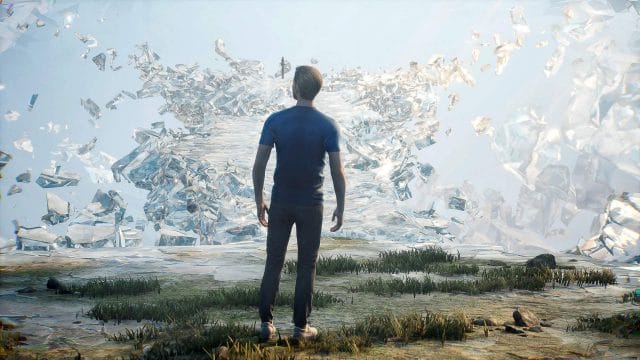
There’s also Him; the voice inside Sam’s head, who’s depicted as a person that nobody else can see. This imaginary friend is always vocal, and never shies away from expressing his opinion, even if it’s not what Sam wants to hear. Whether you listen to his suggestions is up to you.
The thing is, though, that Twin Mirror simply doesn’t take enough advantage of its positives, its mechanics or its potential. There’s a good to great game hidden inside of this release, but it wasn’t realized or allowed to come to fruition. The result is a four to five hour-long experience that will probably entertain you for a good chunk of its runtime, but likely won’t stick with you or make you glad that you paid full price for it. Simply put, it’s just okay and can get boring. Nothing about it stands out, either.
I wonder if this was the game that the developers envisioned, or if its development difficulties led to it being a shadow of what was planned. It honestly feels like DONTNOD had a lot more planned, but simply didn’t get the opportunity or have the time to realize it. Either that, or this was never going to be up to the level of its better titles.
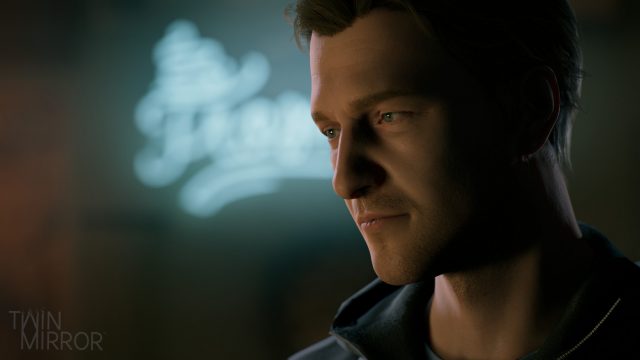
A lot of the building blocks are there, but nothing comes together to make this a must play. Sam is pretty forgettable, as are the supporting characters. The town of Basswood is also about as bland and nondescript as any other mountain town in the world of entertainment, and offers almost zero exploration outside of a few small businesses located on the main drag. The whimsy, magic and personality found in Life is Strange and Tell Me Why is sadly missing here.
It doesn’t help that the Mind Palace is barely used in any meaningful way, leaving it feeling like more of a gimmick than anything else. Sure, it allows Sam to revisit old memories and piece or plan things, but it’s not something you’ll be using a lot. Piecing events together usually just boils down to finding clues, putting them in the order you think they happened and then pressing play to see if you’re right. It’s not revolutionary in any way. Hell, those segments were actually some of my least favourite, because it was sometimes a pain in the ass to find clues, it slowed things down a lot, and I often found like I was just guessing because things weren’t that clear.
There was also one particular moment where I lost a lot of respect for Sam, and it occurred when he had to create a distraction. We’re supposed to try to see ourselves as these characters, make choices for them as if we would in real life and try to let our true natures come out through those decisions. However, Twin Mirror doesn’t allow enough freedom of choice at times for this to occur. I liked Sam at first, but then thought he became a bit of an asshole with his ‘distraction,’ and was disappointed that I couldn’t change that. Then again, maybe that was what the developers wanted.
There were also characters I’d meet, and decisions I’d make involving what to say to them, that seemed important at the time but ended up being almost pointless in the end. That’s one thing that made me wonder if this game’s scope was originally planned to be bigger. Then again, it was actually said somewhere that this thing was planned as a three episode release, but was then reconfigured into one five hour game, so that’s very possible.

The best thing about this game is its presentation. DONTNOD has given us another nice-looking and detailed experience, which has some standout visual moments. The character models almost all look quite nice, the environments have a good amount of detail to them, and the visuals are quite nice in general. Furthermore, the voice acting and sound effects are above average, but I wish there was more music involved.
At the end of the day, Twin Mirror is unfortunately one of its developers lesser lights. It has its moments and isn’t bad per se, but it pales in comparison to games like Life is Strange and Tell Me Why. There’s simply not enough here to recommend paying full price for this one, nor is there enough to consider it anywhere close to a must-play.
This review is based on the Xbox One version of the game, which we were provided with.

